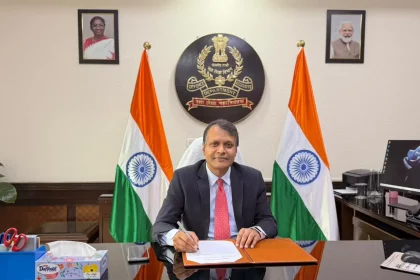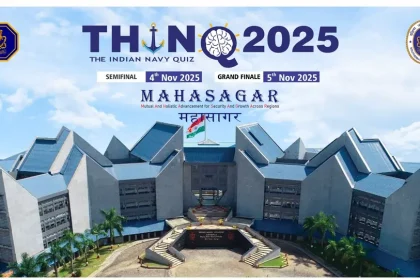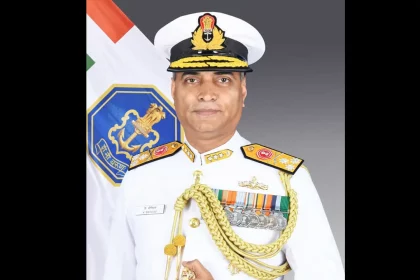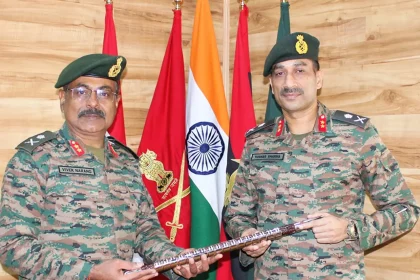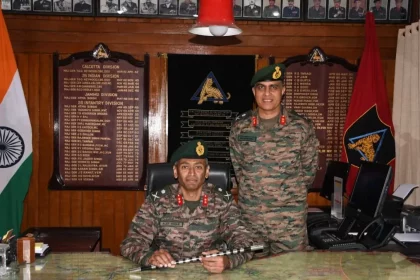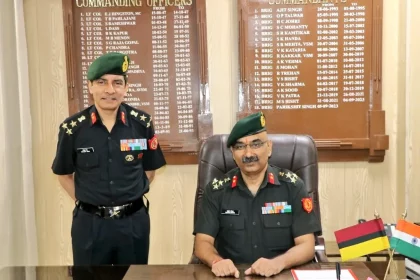Shri Vishvajit Sahay Assumes Charge as Controller General of Defence Accounts
Veteran IDAS officer brings over three decades of experience in defence finance and public administration.
Indian Naval Academy Set to Host THINQ 25 Semi-Finals and Grand Finale at Ezhimala
The Indian Naval Academy (INA), Ezhimala, is all set to host the Semi-Finals and Grand Finale of THINQ 25 –…
Vice Admiral K. Srinivas Assumes Charge as Director General Naval Projects, Visakhapatnam
His appointment reaffirms the Navy’s commitment to operational excellence, indigenous capability development, and technological innovation.
Major General Tushar Sharma Assumes Command of Counter Insurgency Force Kilo
His appointment marks the continuation of the Force’s legacy of excellence, courage, and commitment to the nation’s security.
Major General Ajit M Yeole Assumes Command of Tiger Division
Maj Gen Ajit M Yeole’s assumption of command symbolizes the Indian Army’s enduring tradition of grooming visionary leaders who embody…
Brigadier Prafull Mohan Assumes Command of Military Hospital, Dehradun
Change of Command ceremony marks leadership transition in one of Uttarakhand’s key military healthcare establishments.

